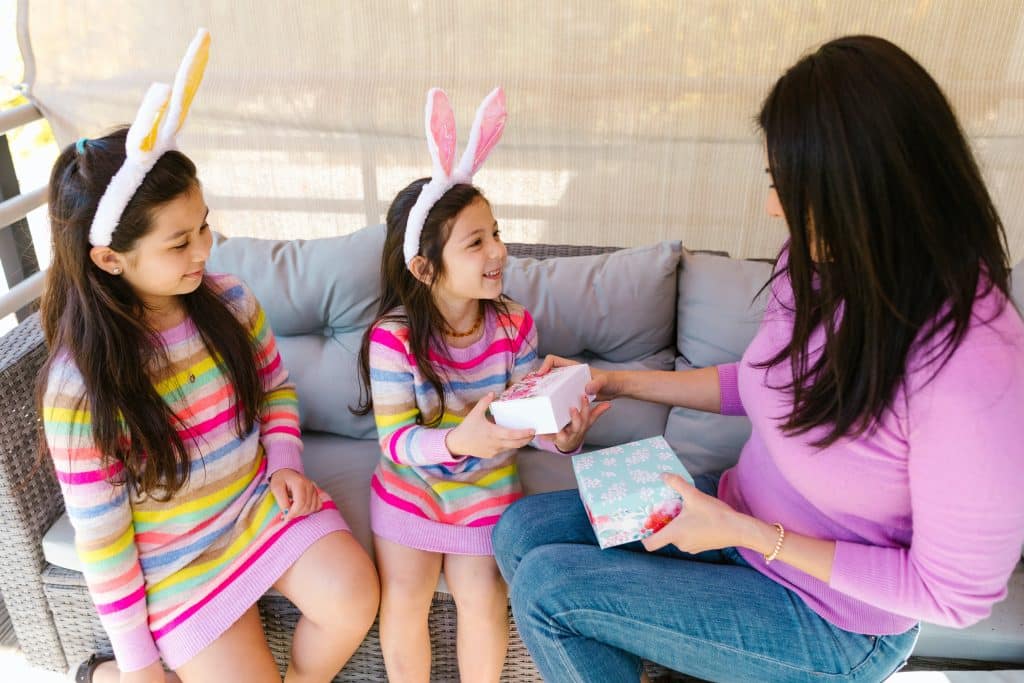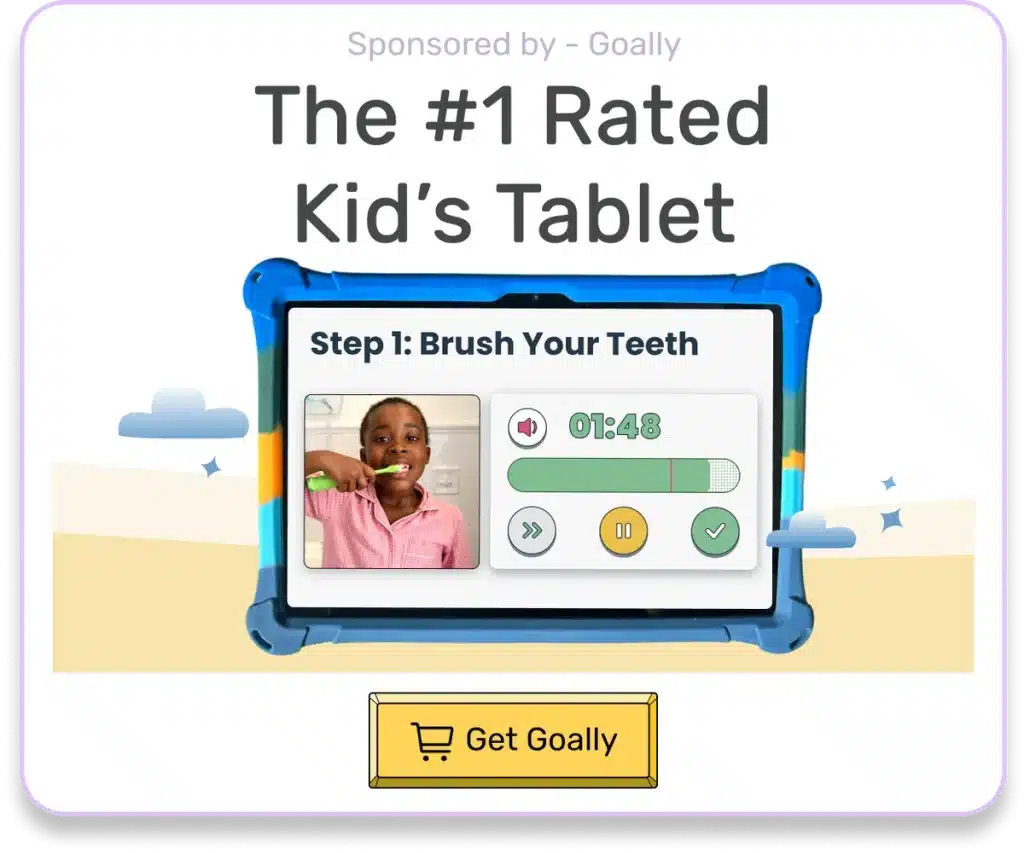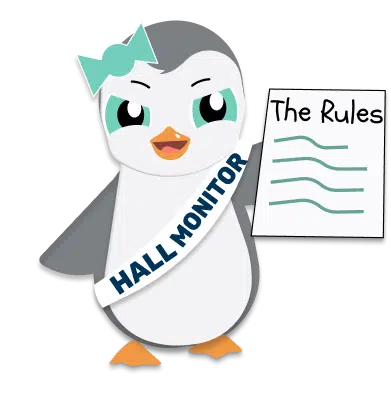You’ve likely been there. You’re juggling work, household chores, and maintaining sanity while your child’s behavior seems more unpredictable than the weather forecast. But here’s a tool that can help bring order out of chaos – a sticker reward chart! Not only does it encourage good behavior, but it also aids in building skills like responsibility and self-discipline among kids. We have an easily downloadable PDF waiting to become part of your parenting toolkit.
Table of Contents
Why Use A Sticker Reward Chart?
Above all else, using a sticker reward chart is about fostering positive behaviors in children. It works on positive reinforcement, where desired actions are rewarded with stickers.
- Inculcates Responsibility: Kids begin to understand they are accountable for their actions.
- Promotes Self-Discipline: Children learn to regulate their own behaviors based on consequences.
- Nurtures Independence: As children accomplish tasks independently, they gain confidence in their abilities.

Finding The Right Tasks For Your Child’s Age
| Age Group | Suitable Tasks |
|---|---|
| Ages 2-4 | Picking Up Toys After Playtime |
| Ages 5-7 | Making Bed Daily |
| Ages 8-12 | Daily Reading Time |
Remember, the key is to set age-appropriate tasks that your child can manage independently. For instance, for a toddler, it could be as simple as picking up their toys after playtime. As they grow older and their skills develop, these tasks can evolve into making their bed daily or having a designated reading time.
The Art of Setting Goals
To clarify what you want from your child is key when using a sticker reward chart. The goals should be specific and attainable for them without causing undue stress or frustration. For instance, if you want them to clean up after playtime or brush their teeth before bed regularly- these could be some starter goals on the chart. Moreover, in addition, remember not every goal needs to be task-oriented; emotional milestones like “shared nicely with sibling” or “showed kindness towards pet” can certainly find space on this wall-of-fame too!
The Power Of Positive Reinforcement
Positive reinforcement, like sticker rewards, can help your child understand that good behavior is expected and appreciated. This method encourages kids to repeat those behaviors to earn more stickers and praise. However, remember every child is unique; what works for one might not work for another.
Read more: 5 Rewards for Chores | Parents Guide
Give your kid an independent future. Goally has 15+ learning apps that teach life skills. There are NO web browsers, social media, or YouTube.
Our apps teach executive function, language, emotional regulation, finger dexterity skills, and more. It also 100+ video classes teaching social skills.
Navigating Special Needs With A Sticker Reward Chart
Besides guiding general behaviors, a sticker reward chart can be particularly beneficial for neurodivergent kids or children with special needs. These charts provide structure and routine – elements these extraordinary young minds often crave.

Making Your Sticker Reward Chart Work
Plastering a chart on the wall won’t do the magic, but your active involvement and consistency will. Here are some steps to ensure that:
- Choose age-appropriate tasks: For example, a 3-year-old could be encouraged to put away toys while a 10-year-old might help with dinner prep.
- Pick appealing stickers: Make sure they’re colorful and attractive, or even better- let them choose!
- Show enthusiasm: Celebrate each sticker addition; it motivates kids further.
- Maintain consistency: The routine of rewarding should not falter. Consistency is key to establishing new habits.
Read more: Developing a Reward Chart for Kids: Everything To KnowNavigating Challenges With The Sticker Reward Chart
All good things come with their share of challenges, and using this tool isn’t an exception. But here’s how you can address them:
If your child loses interest quickly, consider changing rewards or re-evaluating goals for relevance. Similarly, if they seem overly focused on getting stickers instead of learning behaviors, use it to discuss intrinsic motivation versus external rewards. In conclusion, any challenge faced during this process is essentially another chance at learning for both parents and children alike.

Goally | Apps That Build Behavior & Life Skills for Kids
Want to keep your child motivated while building essential behavior and life skills? Goally’s skill-building tablet is designed to celebrate small wins and help your child grow.
Our Behavior Tracker helps you reward your kiddo for specific skills, like “being kind” or “flushing the toilet.”
By setting clear expectations and rewarding their efforts, you foster a positive environment for your child to flourish in their behavioral skills journey.

To Sum Up…
In short, a sticker reward chart, when used effectively, can transform your parenting journey by instilling positive behavior in kids. It encourages responsibility and self-discipline and makes learning fun! While there may be occasional bumps along the way – remember you’re nurturing future adults who understand actions have consequences. Above all else, remember our handy printable PDF sticker reward chart is ready for you to download and start your journey towards a more harmonious household. So, here’s to less chaos and more order – one sticker at a time!
FAQ about Sticker Reward Chart
1. What is a sticker reward chart?
- A sticker reward chart is a visual tool that helps kids understand and track their behavior progress by rewarding them with stickers for accomplishing tasks or displaying positive behaviors.
2. How does the sticker reward chart work?
- When your child completes a task or shows good behavior, they earn a sticker to put on the chart; it's an engaging way to motivate and reinforce positive actions.
3. Why use a printable sticker reward chart?
- Using our downloadable PDF, you can easily print off multiple copies of the chart at home for ongoing use, making tracking progress convenient and fun for both parents and kids.
4. At what age should I start using the sticker reward chart?
- The best time to introduce this tool is around age 2-3 when children are able to understand cause-and-effect relationships better, but it can be beneficial up until around age 12.
Hennah is an experienced writer and researcher, helping children with autism, ADHD, and other neurodivergent conditions. As a blog contributor for Goally, she combines her deep understanding of neurodiversity with practical advice, offering valuable insights to parents and educators.





